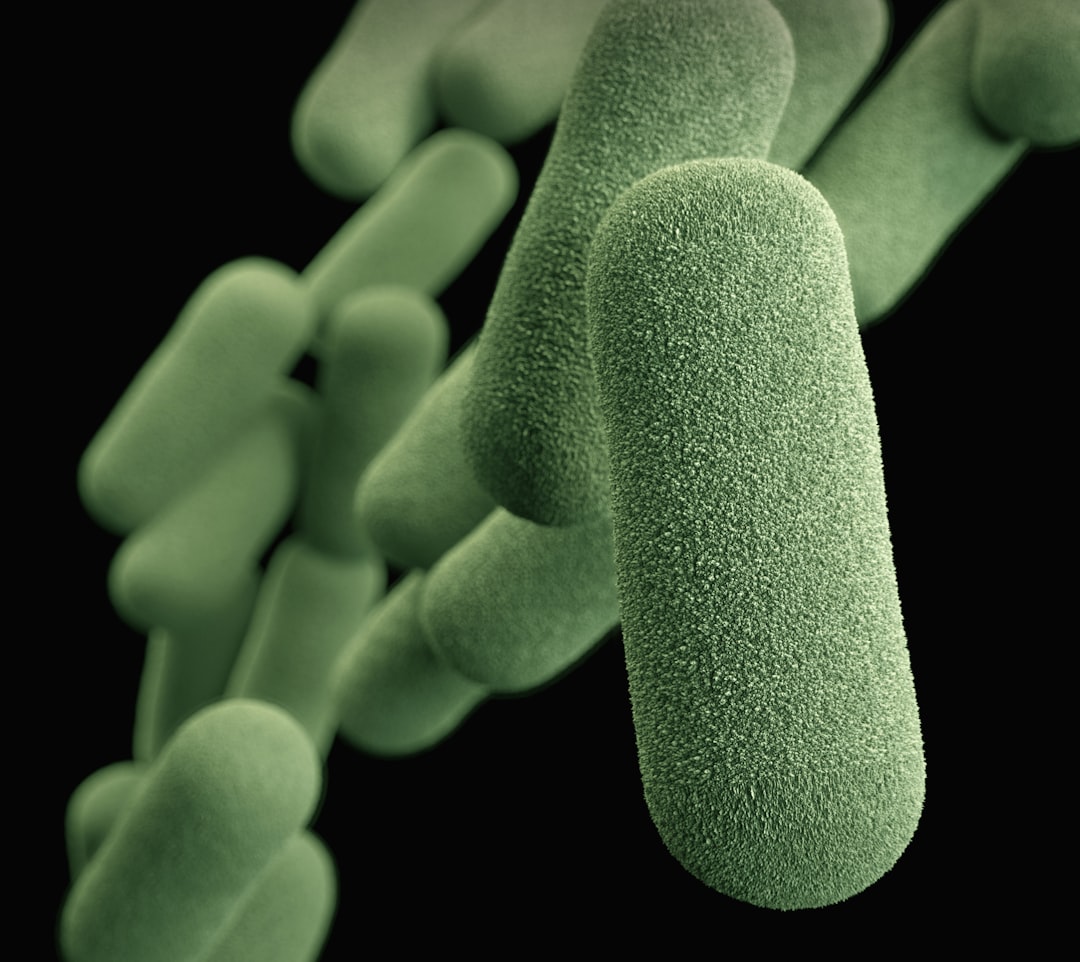What is it about?
Hypertension can lead to arteriosclerosis through alterations in the structure of blood vessel walls known as “vascular remodeling.” Why and how hypertension triggers vascular remodeling is not entirely clear. So far, several studies have shown that macrophages are involved in the transformation. Specifically, the macrophages accumulate within blood vessel walls from outside the vessels and cause chronic inflammation. However, the underlying mechanism that orchestrates this process remains unknown. In this study, we unveiled a molecular pathway for the development of arteriosclerosis for the first time. This could pave the way to better medication for preventing and treating hypertension and arteriosclerosis.
Featured Image

Photo by Mufid Majnun on Unsplash
Why is it important?
We identified a detailed molecular mechanism by which high pressure and subsequent Ca2+ influx through calcium channels in vascular smooth muscle cells activate certain transcription factors and enzymes. Importantly, the transcription of various genes related to chemotaxis was triggered by high pressure. This helped explain the accumulation of macrophages in blood vessel walls. Additionally, the vascular remodeling was promoted by the activation of the molecular pathway. Taken together, our results explain how high pressure applied to vascular smooth muscle can modulate macrophage migration and subsequent inflammation, altering the vascular structure.
Perspectives
The findings of this study have important implications regarding anti-hypertension drugs. For one, they explain why medications like nicardipine, a classic calcium channel blocker, prevents vascular remodeling and the progression of arteriosclerosis. This not only fills an important knowledge gap in medicine but also presents several potential drug targets for treating or preventing vascular remodeling, such as the constituents of the signaling pathway identified in this study. About 40 million people suffer from hypertension in Japan alone, and are at high risk of stroke, end-stage renal failure, and vascular dementia. Understanding the mechanisms behind arteriosclerosis is, therefore, very important for reducing the incidence, progression, and recurrence of cerebrovascular diseases and extend healthy life expectancy.
Yoshiaki Suzuki
Nagoya Shiritsu Daigaku
Read the Original
This page is a summary of: A molecular complex of Ca
v
1.2/CaMKK2/CaMK1a in caveolae is responsible for vascular remodeling via excitation–transcription coupling, Proceedings of the National Academy of Sciences, April 2022, Proceedings of the National Academy of Sciences,
DOI: 10.1073/pnas.2117435119.
You can read the full text:
Contributors
The following have contributed to this page










